A LitWits activity from the story's Rising Action
Martha's letter to Dickon, dictated to Mary, leads to the two children meeting for the first time. This activity begins with that letter, and ends with the opening of the intriguing "little brown paper package" from the Thwaite shop that Dickon brought:
They sat down and he took a clumsy little brown paper package out of his coat pocket. He untied the string and inside there were ever so many neater and smaller packages with a picture of a flower on each one.
“There’s a lot o’ mignonette an’ poppies,” he said. “Mignonette’s th’ sweetest smellin’ thing as grows, an’ it’ll grow wherever you cast it, same as poppies will. Them as’ll come up an’ bloom if you just whistle to ’em, them’s th’ nicest of all.” - Ch. 10
The point of this activity is to immerse in several key moments for Mary: her eagerness for plants and tools; her willingness to ask Dickon for help; her earnest, enthusiastic gratitude to Martha for suggesting it; and her chance to finally meet the celebrated Dickon. It's from that moment on that she lets down her guard and rapidly changes and grows. And there's no more natural (groan) symbol for change and growth than SEEDS!
On an academic level, this activity also gives kids a chance to play editor, correcting or improving the letter Martha dictated and Mary wrote.
INSPIRATION
***
“In the shop at Thwaite they sell packages o’ flower-seeds for a penny each, and our Dickon he knows which is th’ prettiest ones an’ how to make ’em grow. He walks over to Thwaite many a day just for th’ fun of it. Does tha’ know how to print letters?” suddenly.
“I know how to write,” Mary answered.
Martha shook her head.
“Our Dickon can only read printin’. If tha’ could print we could write a letter to him an’ ask him to go an’ buy th’ garden tools an’ th’ seeds at th’ same time.”
“Oh! you’re a good girl!” Mary cried. “You are, really! I didn’t know you were so nice. I know I can print letters if I try. Let’s ask Mrs. Medlock for a pen and ink and some paper.”
“I’ve got some of my own,” said Martha. “I bought ’em so I could print a bit of a letter to mother of a Sunday. I’ll go and get it.”
She ran out of the room, and Mary stood by the fire and twisted her thin little hands together with sheer pleasure.
“If I have a spade,” she whispered, “I can make the earth nice and soft and dig up weeds. If I have seeds and can make flowers grow the garden won’t be dead at all—it will come alive.”
- Ch 9
About "the shop at Thwaite:"
Mary asked no more questions but waited in the darkness of her corner, keeping her eyes on the window. [...] After they had left the station they had driven through a tiny village and she had seen whitewashed cottages and the lights of a public house. Then they had passed a church and a vicarage and a little shop-window or so in a cottage with toys and sweets and odd things set out for sale. - Ch. 3, "Across the Moor"
SUPPLIES
DIRECTIONS
1. Have the kids rewrite Mary's letter to Dickon, making corrections as needed. (There's a worksheet for this in our
printables.)
2. By the time they're done, Dickon will have arrived with the seeds along with a snowdrop bulb to represent the beauty of the moors:
“Do bulbs live a long time? Would they live years and years if no one helped them?” inquired Mary anxiously.
“They’re things as helps themselves,” said Martha. “That’s why poor folk can afford to have ’em. If you don’t trouble ’em, most of ’em’ll work away underground for a lifetime an’ spread out an’ have little ’uns. There’s a place in th’ park woods here where there’s snowdrops by thousands. They’re the prettiest sight in Yorkshire when th’ spring comes. No one knows when they was first planted.” Ch. 9
3. The kids can plant the seeds and bulb in a pot, or plant them outside. (You could easily tie this activity in with our "A Bit of Earth" activity, below.)




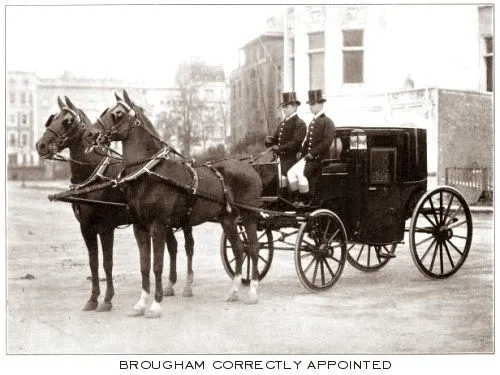

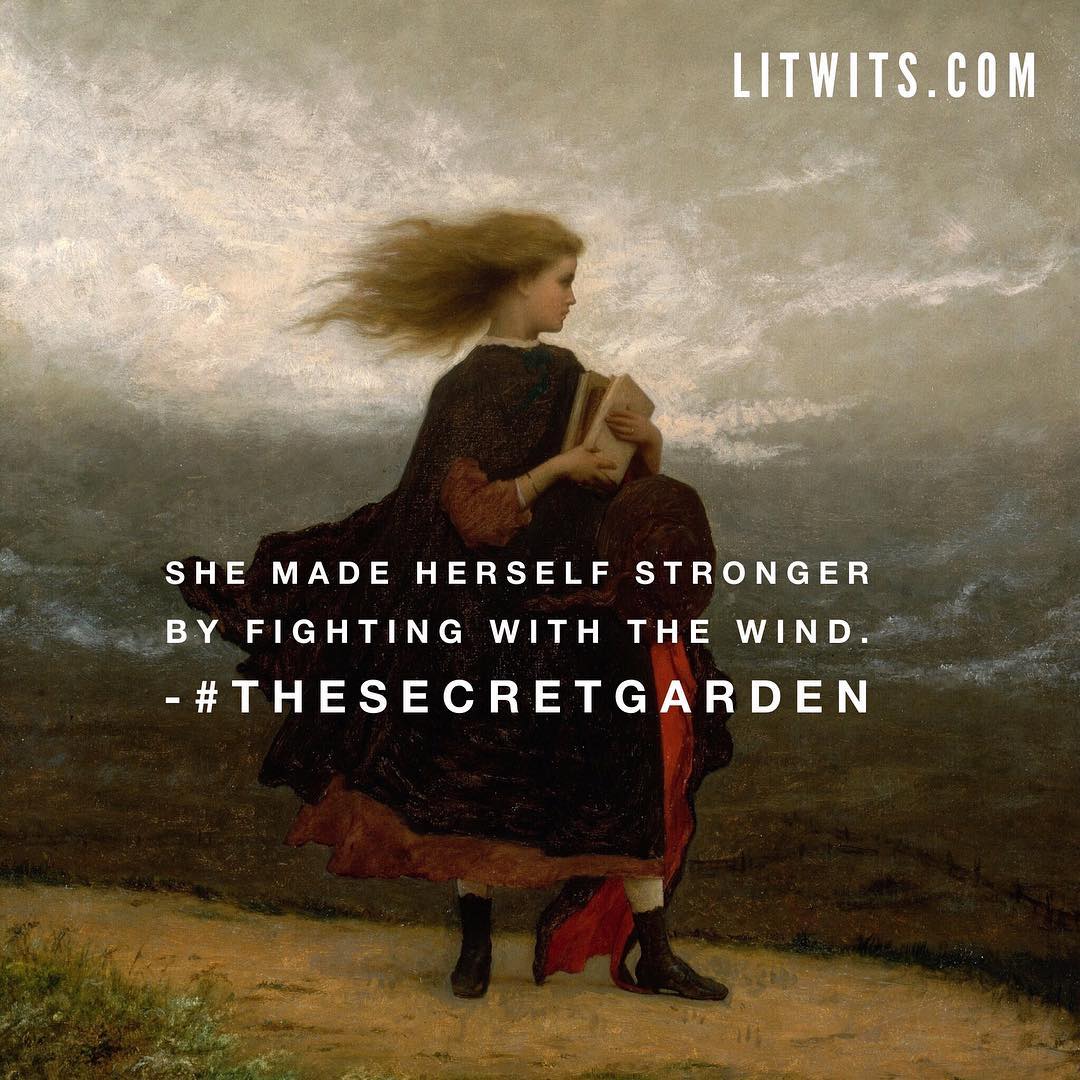
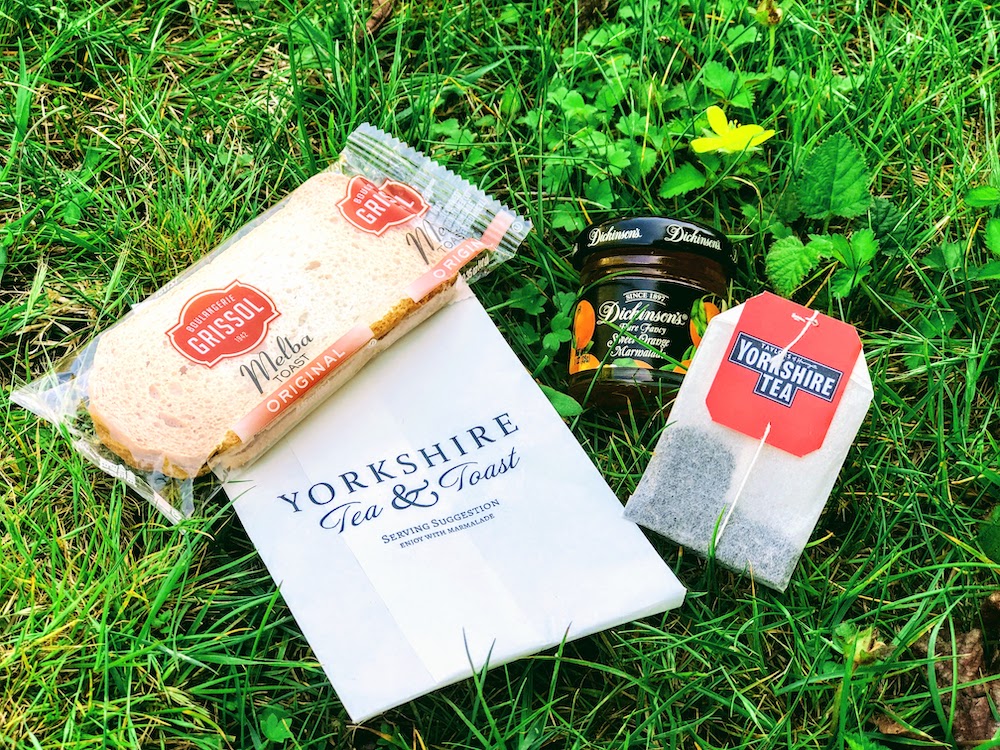

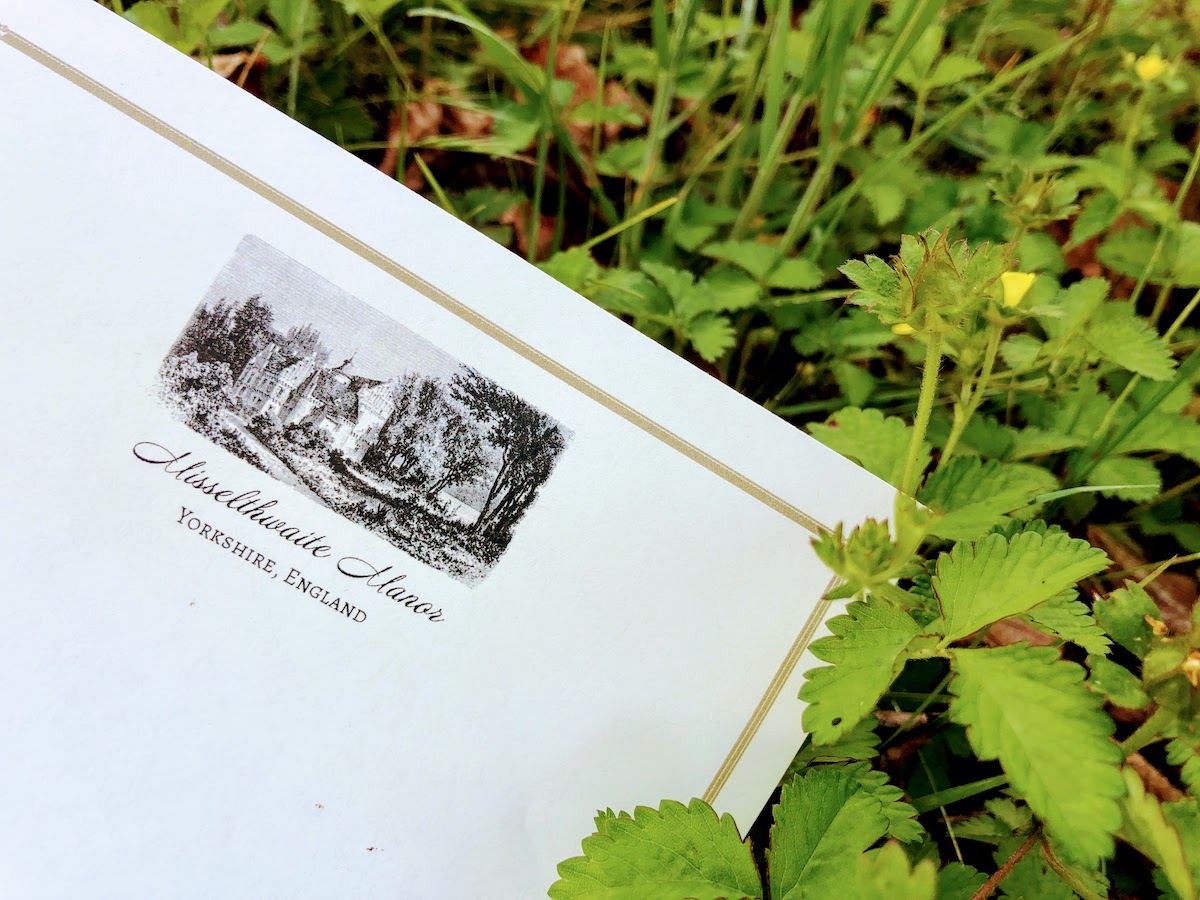


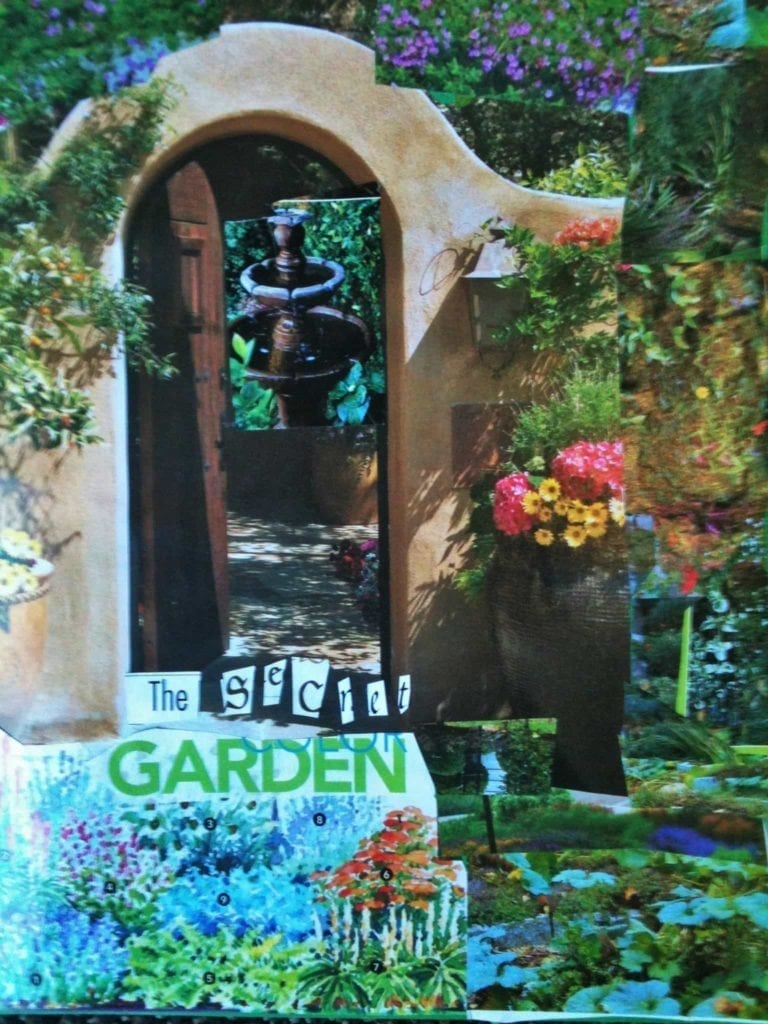


%20banner.jpg)




